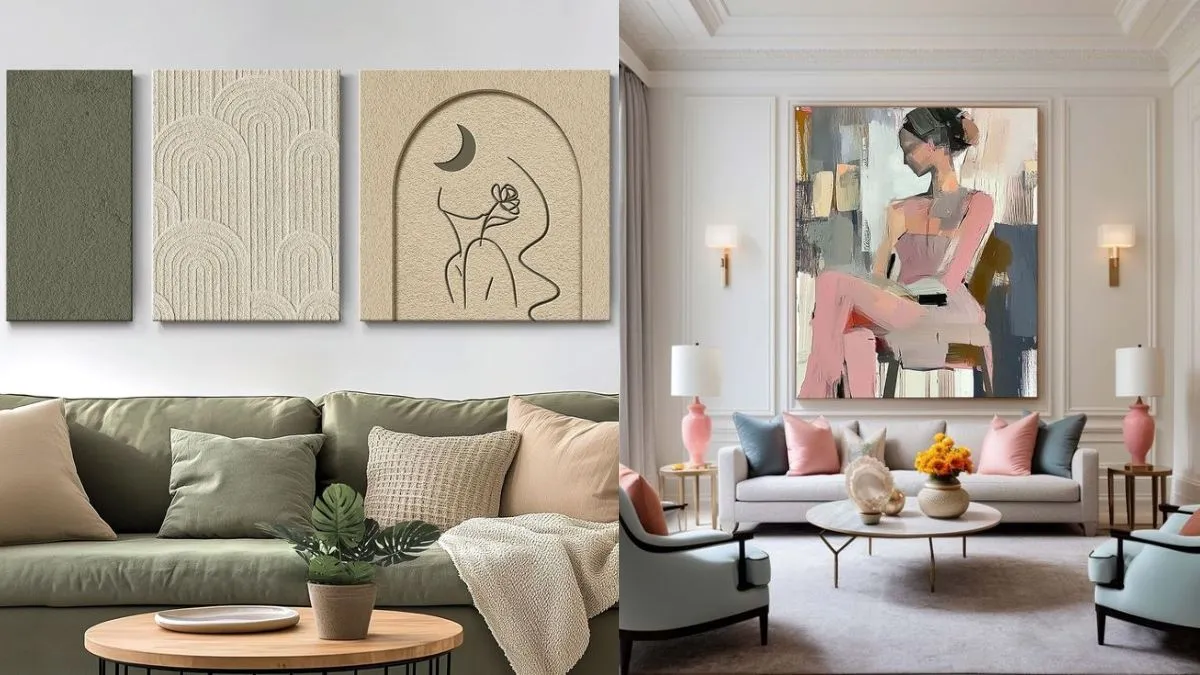To enter the Milan apartment of the artist and architect Luigi Serafini, one must pass beneath the number “1.61803,” an approximation of the golden ratio, a formula that was discovered by the ancient Greeks and used by both Salvador Dalí and Le Corbusier to express beauty and order — and a fitting introduction to its famously inscrutable resident. In 1981, Serafini, now 75, published “Codex Seraphinianus,” an illustrated encyclopedia of an imagined world. The book’s entries are funny, bizarre and occasionally grotesque (insects double as machines; a couple transform into a crocodile while in flagrante), with accompanying text in a made-up language of runelike symbols. In the decades since its release, semioticians have attempted to decode the writing, and the project has been celebrated by the likes of the writer Italo Calvino and the filmmaker Federico Fellini.
On a misty evening in March, Serafini, dressed in a black sweatshirt embroidered with a symbol from “The Codex,” as it’s become known, is pouring coffee in a makeshift kitchen in a corner of his sprawling loft. Born in the historic center of Rome to an electrical engineer and a homemaker, the artist, the older of two siblings, started regularly traveling to Milan in the early 1980s to meet with his publisher. “After many years in Rome, finding a place that was so active was quite a surprise,” he says. Even before “The Codex” became a cult hit, Serafini, who’d trained as an architect, had begun exploring new ideas. After finishing the book, he shifted his attention to designing velvet dining chairs with swirly steel backrests for Sawaya & Moroni, creating sets and costumes for ballet performances at the Teatro alla Scala and showing work in the seminal 1981 Memphis Group exhibition organized by Ettore Sottsass, who became a pioneer of postmodern furniture. “During that time, Milan was the world capital of design,” he says. “But it’s a pragmatic city; you have to do something. Whereas you can live in Rome without doing anything at all.”
In his 2,700-square-foot one-bedroom home on the third floor of a converted factory in Lambrate, an industrial neighborhood on the northeast side of the city, Serafini makes and displays many of his surreal paintings and sculptures. Inside the front door, a hallway paved with gray tiles winds past a giant ball of wool with human legs; a 1980 poster by Serafini of the American composer John Cage with mushrooms sprouting out of his head; and two digitally manipulated classical paintings, which he calls “repaintings,” from the early 2000s, until you come to the center of the home: a vast studio space with a replica of a nearly 12-foot-tall tree trunk that seems to burst through the floor. In one nook, easels holding vividly colored in-progress paintings — now part of his current retrospective at the Museum of Modern and Contemporary Art of Trento and Rovereto in northern Italy — sit next to other chimerical sculptures (among them a tangoing Minotaur and a corpselike female figure who resembles a carrot from the waist down).
For Serafini, each object and piece of art tells a story. An early 19th-century scroll from Japan with beautiful calligraphy, hung next to a wooden dining table painted with a geometric motif, reminds him of childhood trips to his aunt and uncle’s villa in the Italian region of Marche. “This was a gift to them from a monsignor who was the head of the Vatican’s diplomatic office in Japan for many years,” he says. “When you learn how to write, you become conscious that you must write only on paper. The idea that somewhere people could write on a painting — for me, that was ‘The Codex.’” To the right of the scroll, there’s a 2022 painting by Serafini titled “La Langue Secrète des Oiseaux” (“The Secret Language of Birds”), which depicts a goldfinch spitting food into the mouth of a man with a red egg atop his head. The sky is flecked with swooping birds, and yolks run down the walls of a roofless house. “In the Middle Ages, there was this belief that there were messages from God hidden in birdsong,” he says. On a wall in the adjacent main room, an eight-foot-wide nest made of real branches contains a resin-and-plaster chick with a gaping beak. Below it, a human figure with the face of a swallow — made of resin and plaster and dressed in a tailcoat and ruffled silk shirt — is preparing to eat two eggs on a table. Elsewhere, the painted resin bust of a falcon with illuminated blue eyes hovers above the apartment’s second entrance.
But this house, as singular as it is, isn’t Serafini’s only self-constructed fantasy world: There’s also La Casa Ontologica, his apartment in a 15th-century palazzo in Rome that’s filled with more of his artworks. As he laments his possible eviction from that property, which he has rented from the Sovereign Order of Malta since 1987 — to make room, he imagines, for “a luxury hotel or something else” — the faint rush of a passing commuter train pulls him back into the moment. “Cities are like trees,” he says. “They change, they grow.” While sitting at his dining table in a wooden folding chair with a cowhide print, he scans the space he’s created — not just a world of wondrous creatures but also maybe one of hope. After all, he says, “Metamorphosis is the sign of life.”











